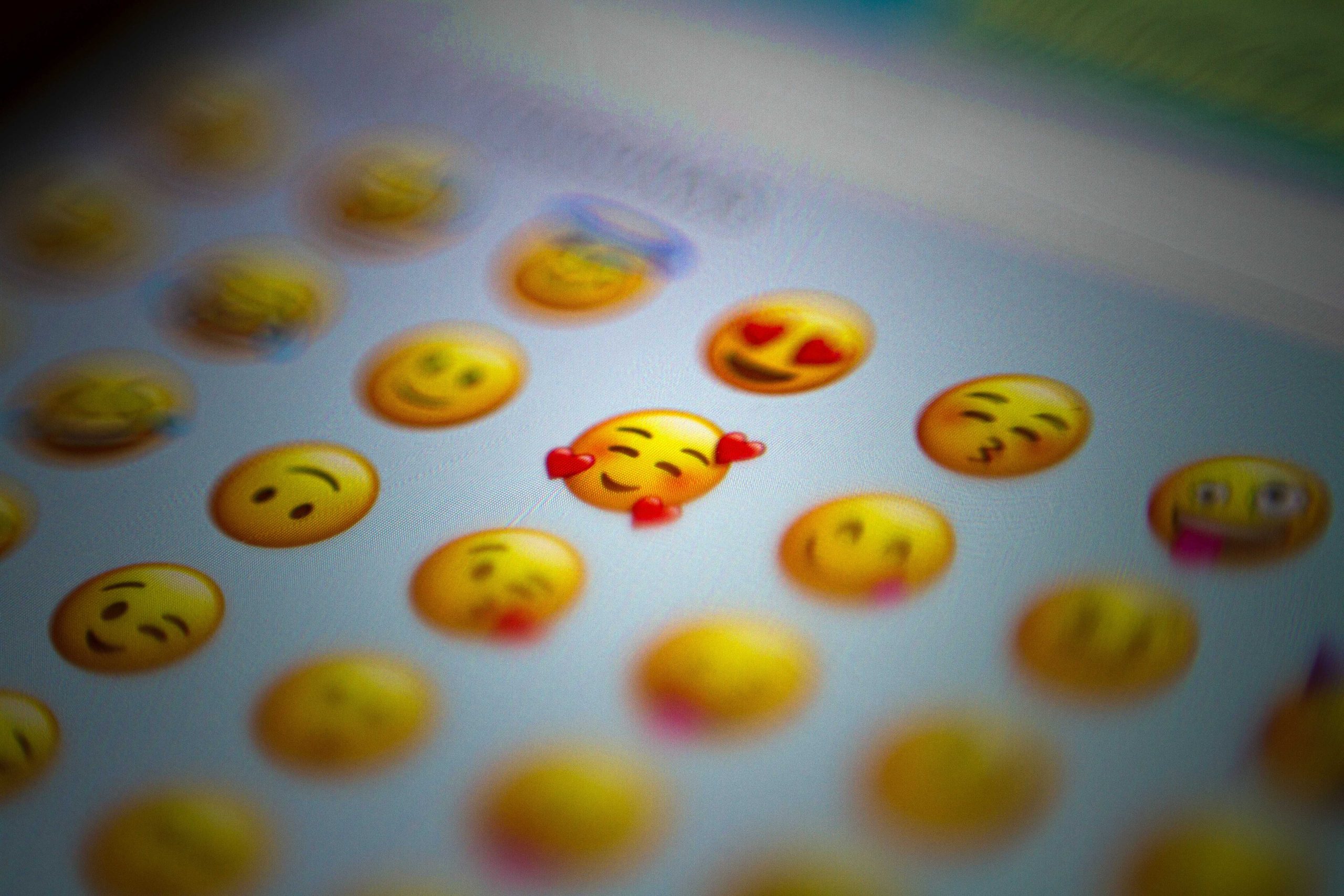Fear is a powerful emotion that can drive people to take action. It can be the motivator for individuals to take risks, make changes, or avoid danger. But how does fear drive action, and why do we react differently to fear?

Fear is an innate emotion that has been present in humans since the beginning of time. It is a response to perceived threats or danger, and it can manifest in various forms, such as anxiety, phobia, or panic. Fear is often viewed as a negative emotion, but it can also be a positive force that motivates people to take action.
In this article, we will explore the ways in which fear drives action, and how it affects people’s behavior. We will also examine why some individuals respond to fear differently than others.
The Science of Fear
Fear is a complex emotion that involves several areas of the brain, including the amygdala, which is responsible for processing fear and other emotional responses. When the amygdala detects a potential threat, it triggers the release of adrenaline and cortisol, two hormones that prepare the body for a fight or flight response.
This physiological response to fear is the reason why people feel a surge of energy when they are afraid. It is also why fear can be a powerful motivator for action. The rush of adrenaline can make people feel invincible, allowing them to take risks and face challenges that they might otherwise avoid.

Fear can have a significant impact on people’s behavior. When individuals feel afraid, their body activates a “fight or flight” response, triggering the release of stress hormones like adrenaline and cortisol. These physiological changes prepare the body to react to perceived threats.
As a result, people may exhibit various behaviors when experiencing fear, such as:
Avoidance: Fear may cause individuals to avoid situations or objects they perceive as threatening. For example, someone with arachnophobia may avoid going near spiders.
Aggression: Fear can also lead to aggressive behavior in some cases. When people feel threatened, they may react defensively and become aggressive to protect themselves.
Freeze response: Some individuals may also experience a “freeze” response when feeling fearful. They may become immobile or unable to react, which can sometimes be a protective mechanism.
Irrational decisions: When people are afraid, they may not think rationally, leading to impulsive or irrational decisions.
Heightened awareness: Fear can also cause individuals to become hyper-vigilant and more aware of their surroundings, as they perceive potential threats.
Overall, fear can have both positive and negative effects on behavior, depending on the situation and how individuals respond to it.
There are several reasons why individuals may respond to fear differently than others:
Genetic factors: Research suggests that genetics can play a role in how individuals respond to fear. Some individuals may have a genetic predisposition to be more anxious or fearful than others.
Past experiences: Past experiences can shape how individuals respond to fear. For example, someone who had a traumatic experience may be more likely to have a stronger fear response than someone who did not.
Personality: Individual differences in personality traits, such as neuroticism, may also influence how people respond to fear. Those who score high on neuroticism tend to experience more negative emotions, such as anxiety and fear, than those who score low.
Cognitive factors: How individuals interpret and evaluate fearful situations can also affect their response. Some people may have more negative or catastrophic thoughts, leading to a stronger fear response.
Cultural and environmental factors: Cultural and environmental factors can also shape how individuals respond to fear. For example, someone from a culture that places a high value on courage and bravery may be less likely to show fear in certain situations.
How does fear drive action in everyday life?
Fear can drive action in everyday life by motivating individuals to take steps to protect themselves from perceived threats. For example, feeling afraid of getting sick may drive someone to take precautions like washing their hands frequently or wearing a mask in public.
How does fear drive action examples?
Some examples of how fear can drive action include studying hard for an exam because of a fear of failing, avoiding dangerous situations like walking alone at night because of a fear of being attacked, or seeking medical treatment because of a fear of a serious illness.
How are people influenced by fear?
People can be influenced by fear in various ways. Fear can cause people to make decisions based on emotion rather than logic, feel overwhelmed or immobilized, or become more vigilant and cautious. It can also lead to irrational beliefs or behaviors, such as avoidance or aggression.
How does fear prevent success?
Fear can prevent success by limiting individuals’ willingness to take risks or try new things. It can cause people to avoid challenging situations or opportunities for growth, leading to missed opportunities or unfulfilled potential.
What are the evidences of fear?
Increased heart rate and breathing: Fear can cause your heart rate and breathing to increase, which prepares your body to respond to potential danger.
Sweating: Fear can trigger sweating as a result of the body’s “fight or flight” response.
Trembling or shaking: Fear can cause physical tremors or shaking as the body prepares to react to a perceived threat.
Avoidance behavior: People who are afraid of something may try to avoid it or escape from it.
Increased alertness: Fear can increase your level of alertness and make you more vigilant to potential dangers in your environment.
Anxiety and worry: Fear can lead to feelings of anxiety and worry, as people may anticipate negative outcomes or potential harm.
Panic attacks: In some cases, fear can lead to panic attacks, which are sudden and intense episodes of anxiety that can include physical symptoms such as rapid heartbeat and shortness of breath.






